At present, temperature stress is not calculated in the design of airfield cement concrete pavement in China. The finite element model is established to simulate the temperature field of the structure and analyze the temperature stress of the slab using the case of an airport in North China, its meteorological data, and the application of heat transfer theories in road engineering and airfield engineering. The results show that there is a large lag between the atmospheric temperature curve, the radiation curve, and the temperature stress curve of the slab bottom, which leads to the maximum temperature stress occurring at 19 to 20. We may examine the cumulative damage and remaining life of the airport pavement by superimposing the temperature stress, which varies with time, and the gear stress, which varies with transverse position, and dividing the number of gear load actions according to transverse position, month, and hour. The results show that the residual life of the airfield pavement analyzed by this method is close to the prediction result of core sampling and FAARFIELD, as well as the actual continuous operation time of the pavement. This method above can be used to calculate the temperature stress of the slab with large thickness, predict and evaluate the residual life of the existing airfield pavement structure, and is a reference for the research and design of the large-size airfield pavement structure.


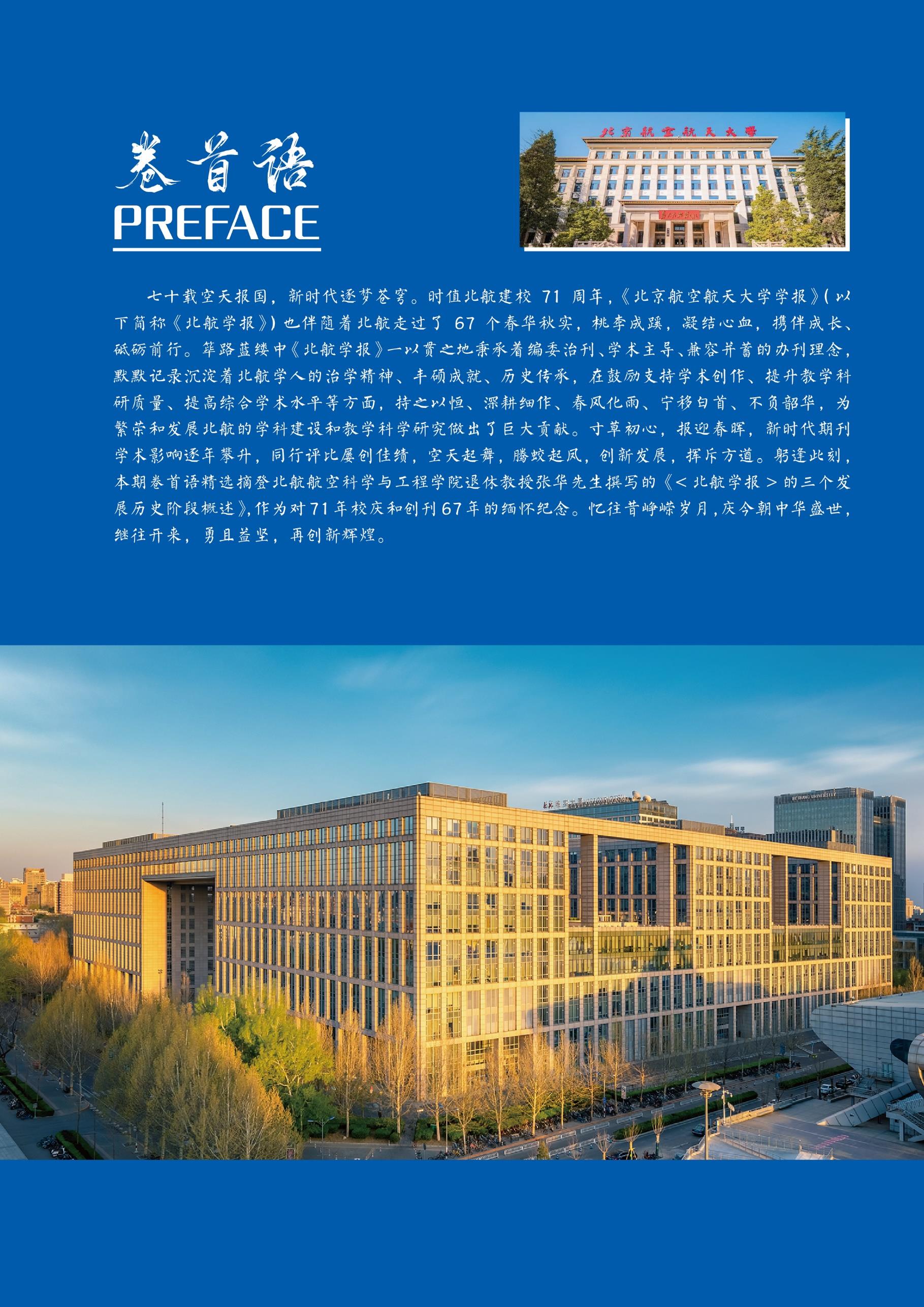

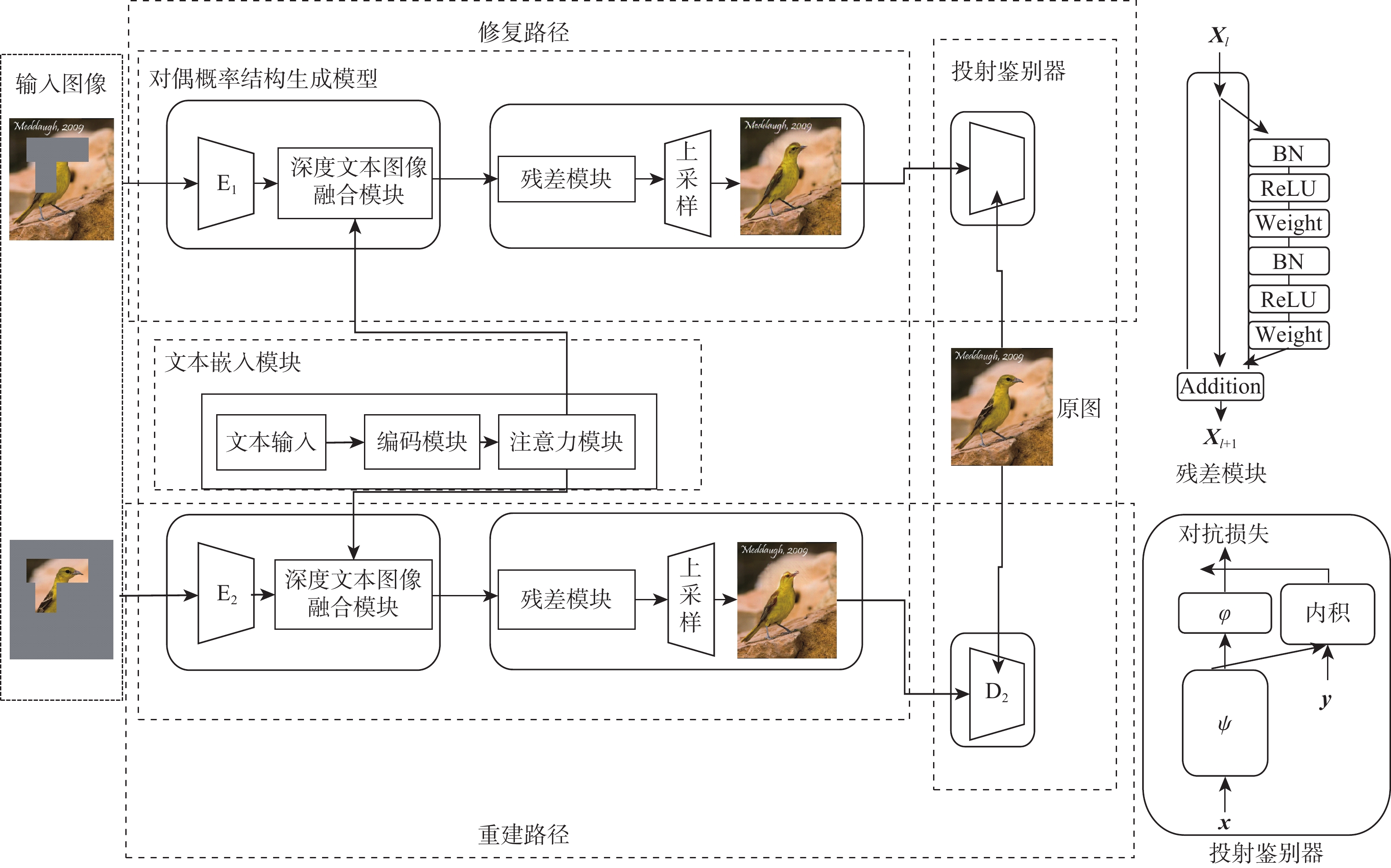
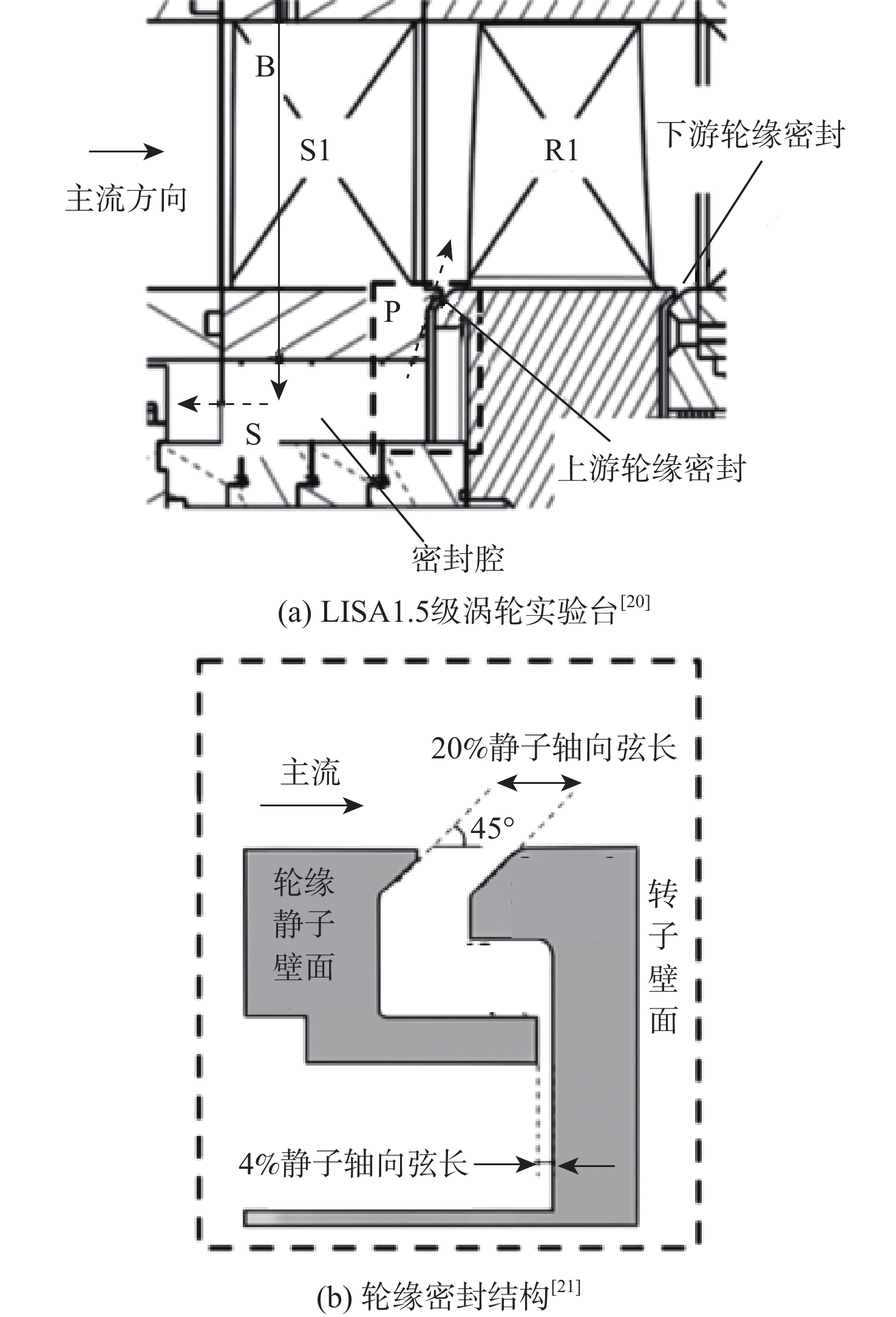
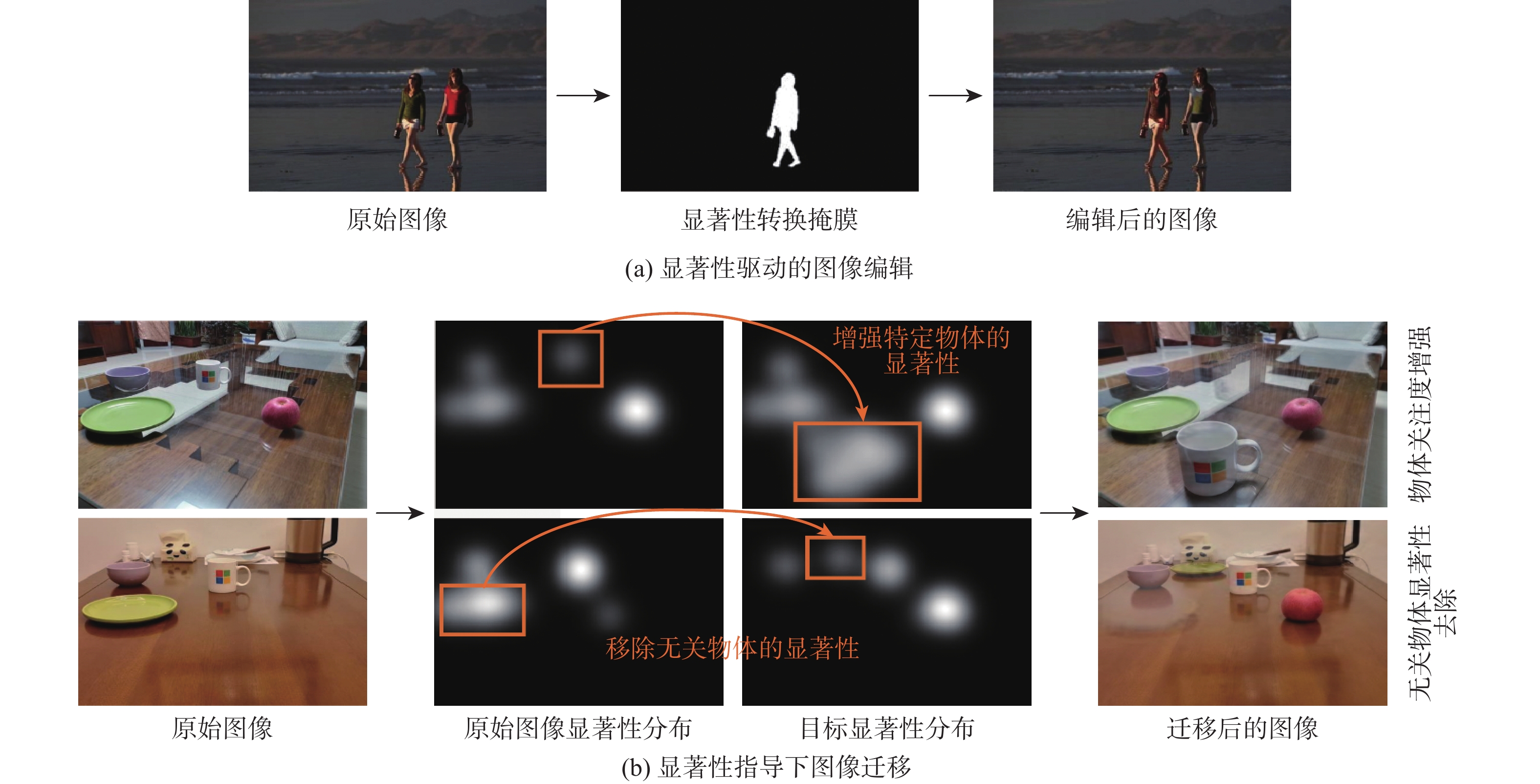
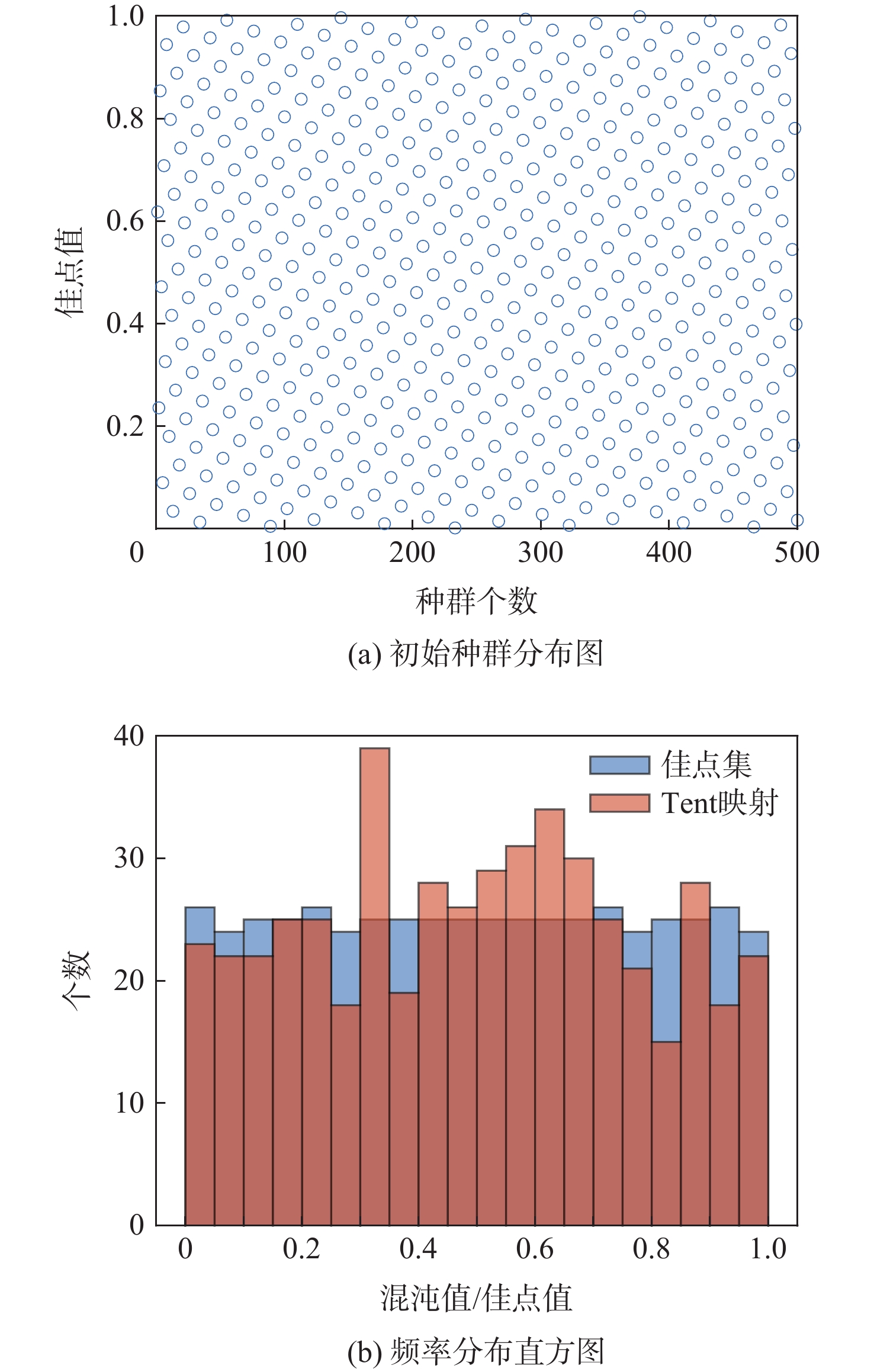





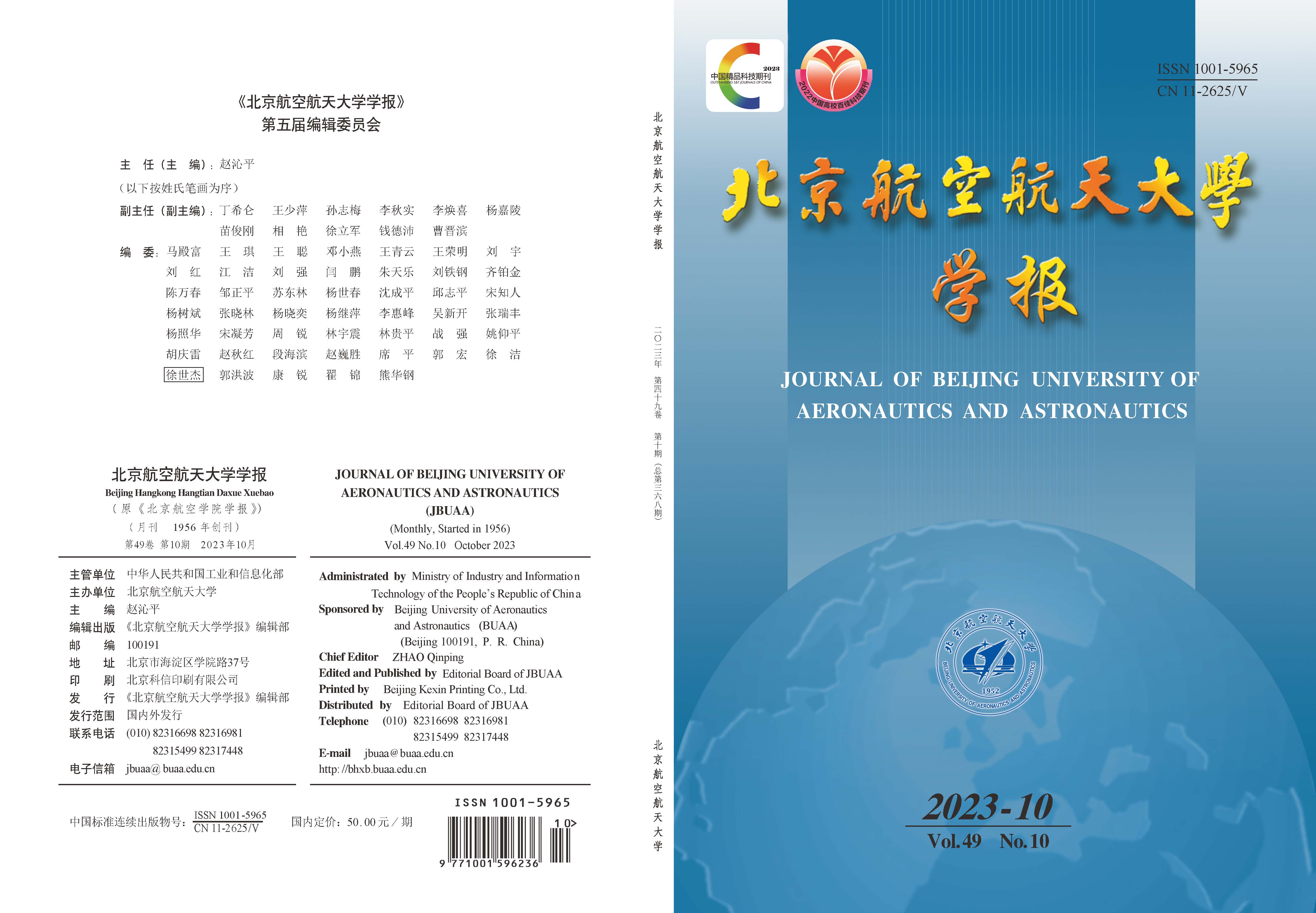
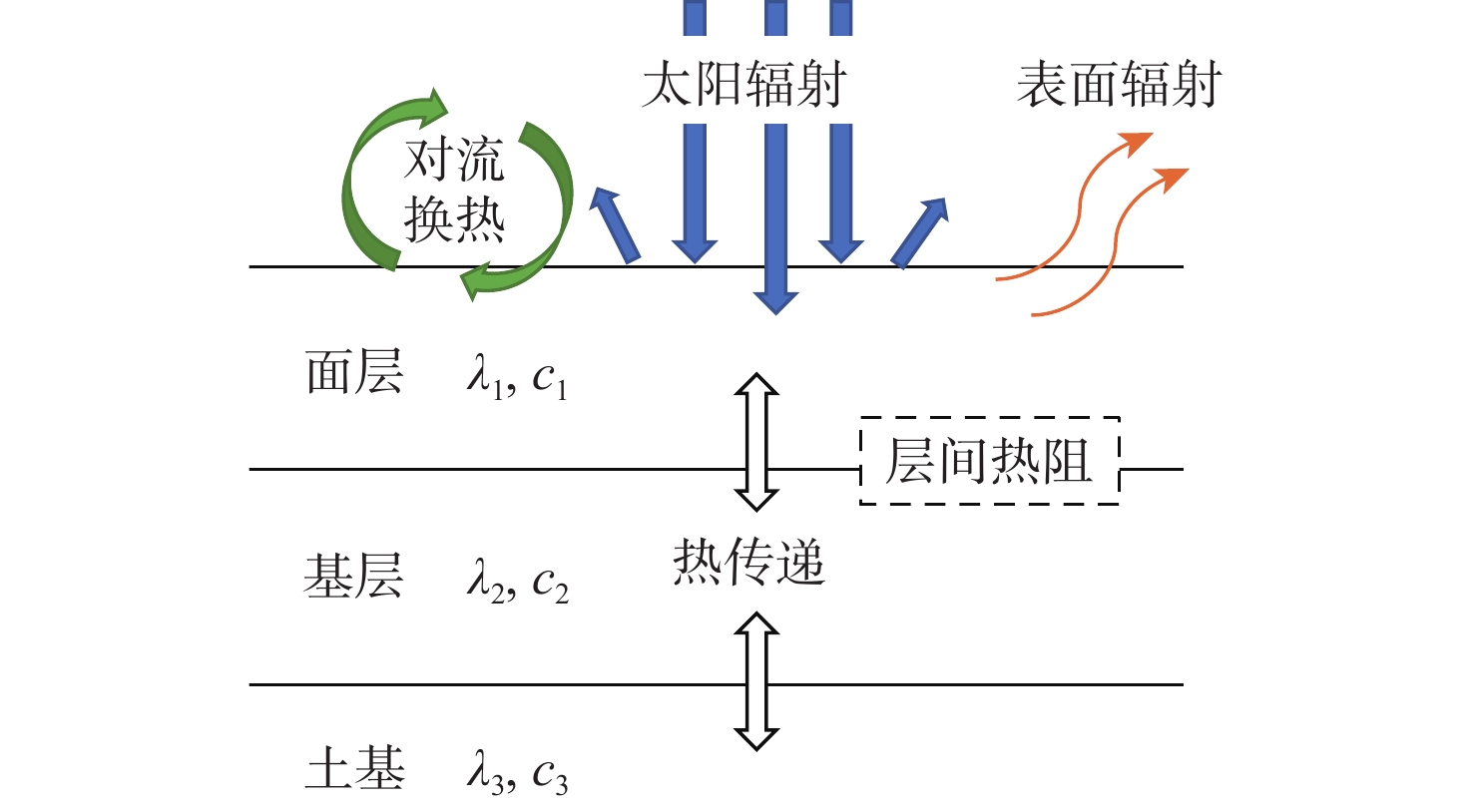
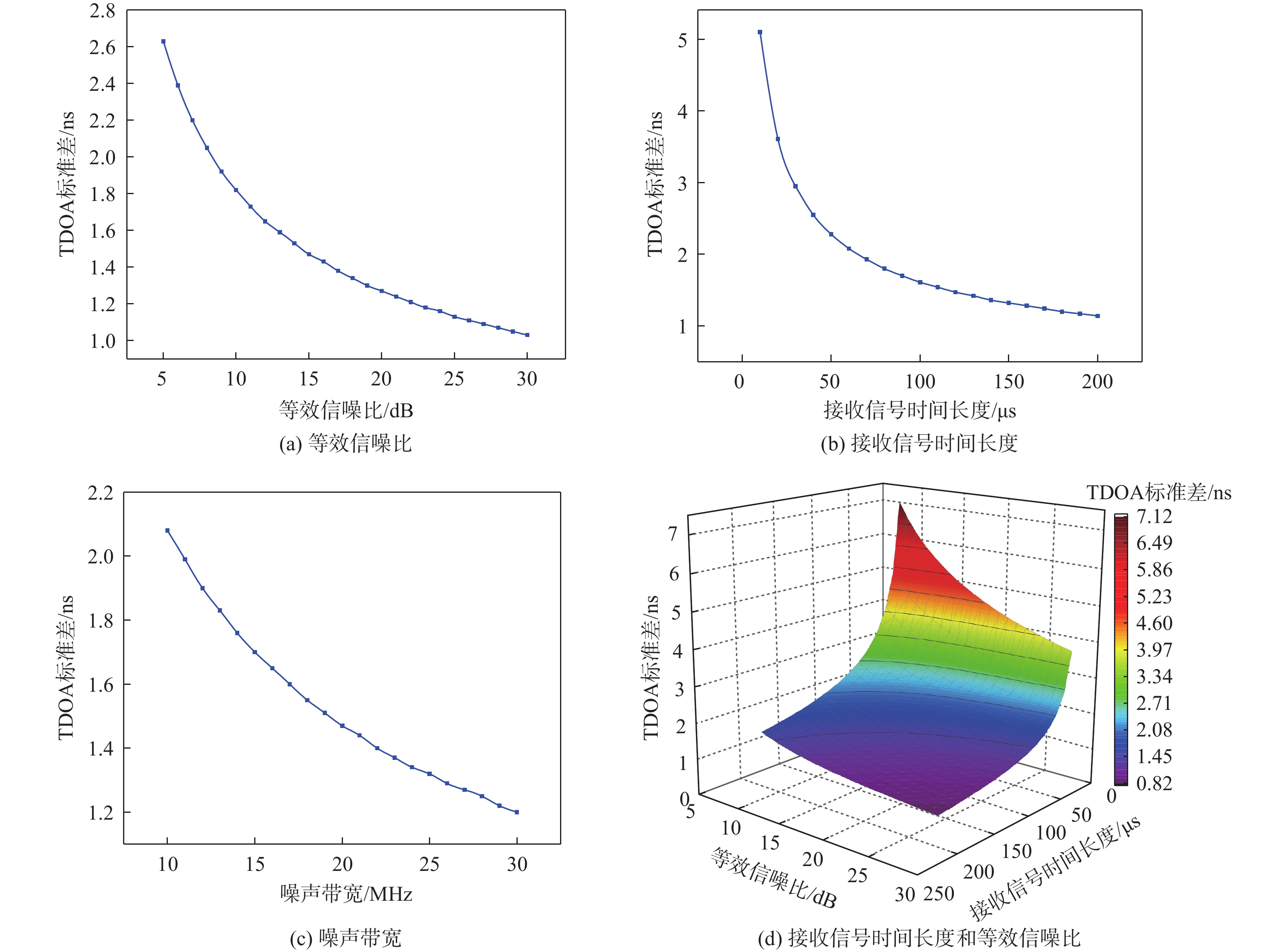
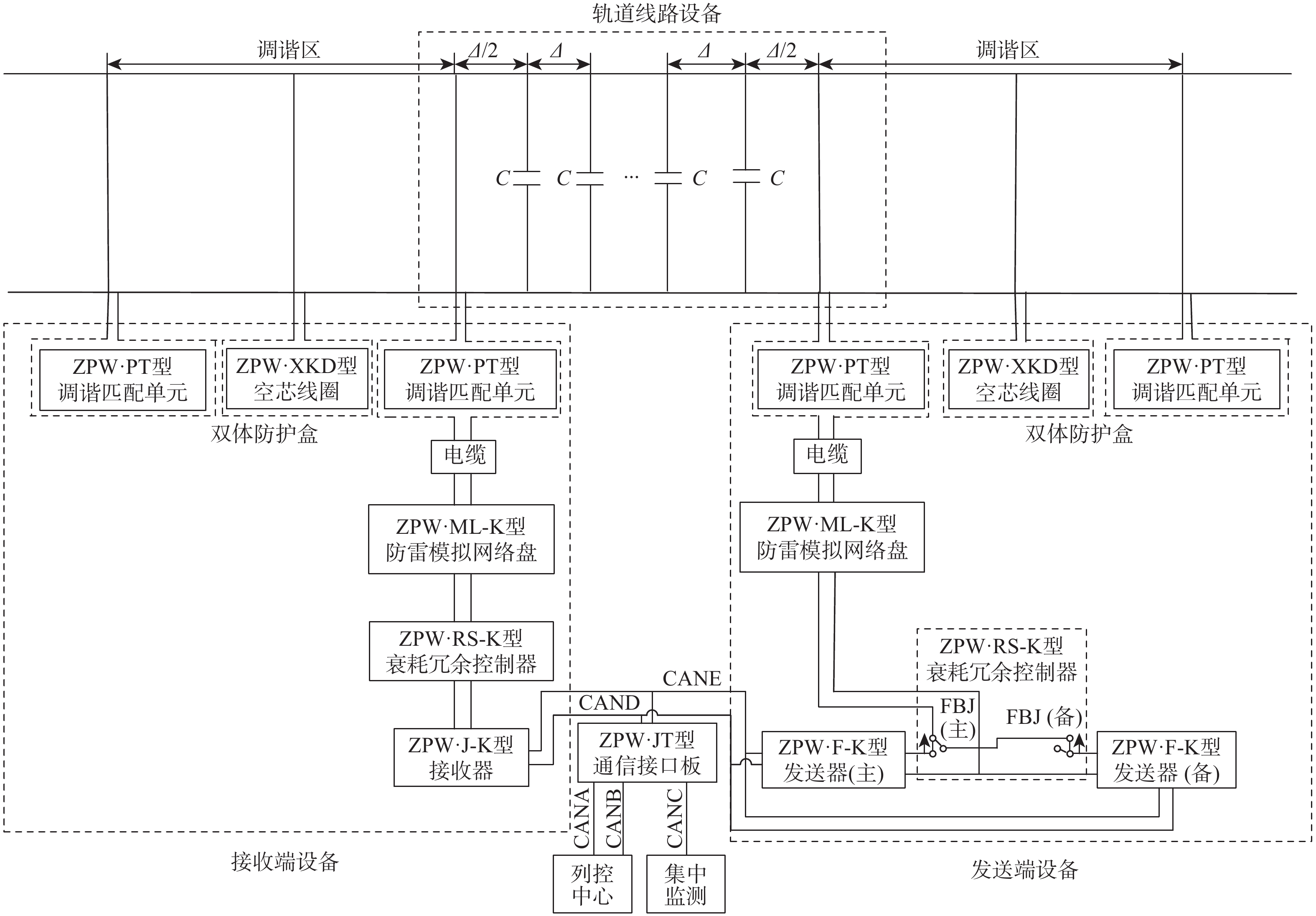
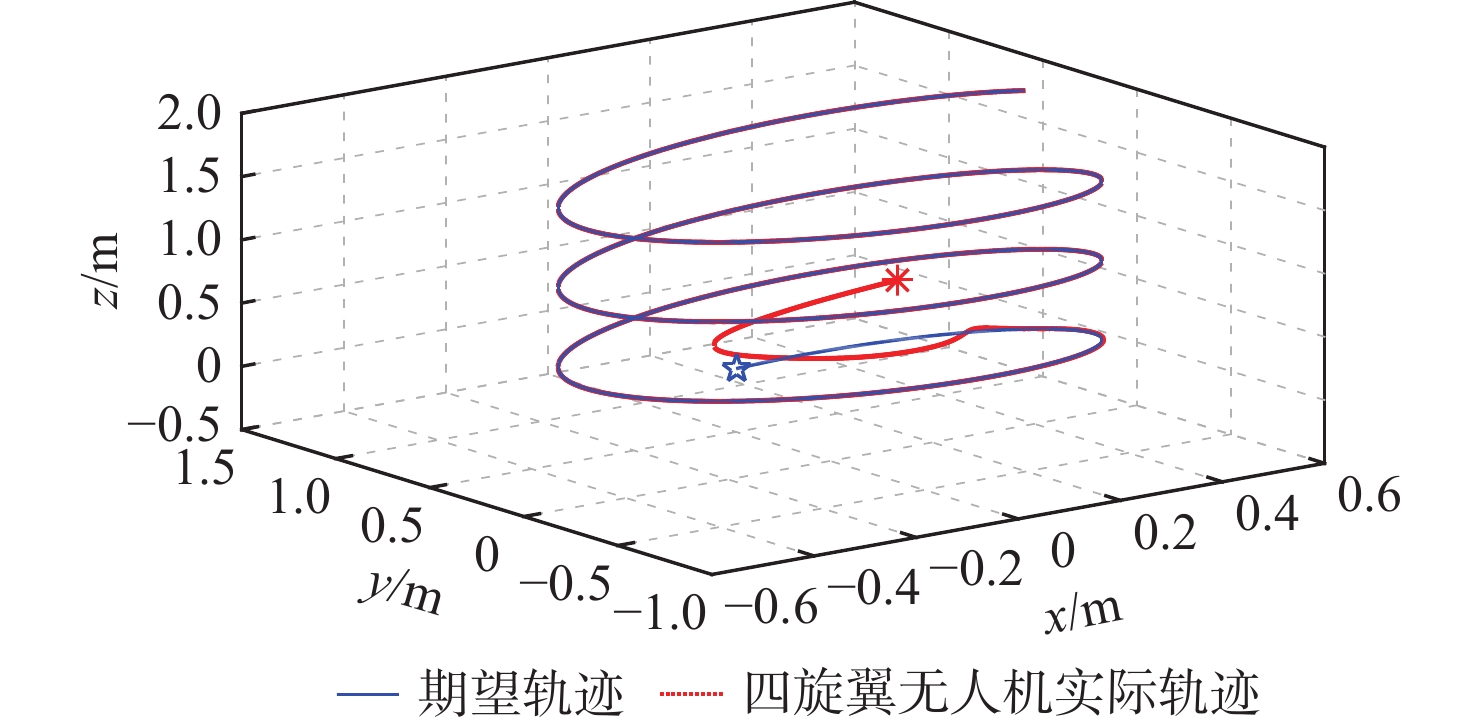
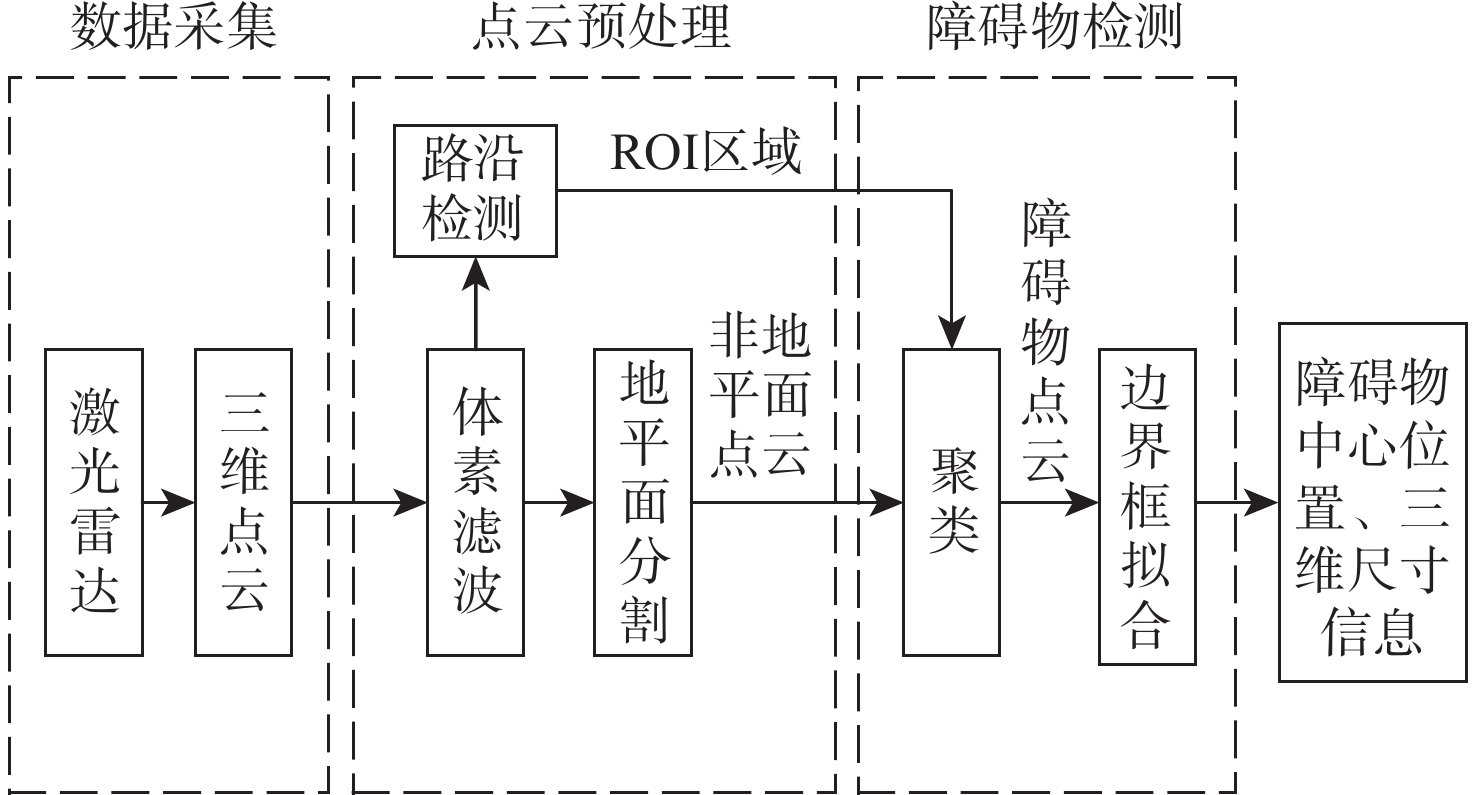
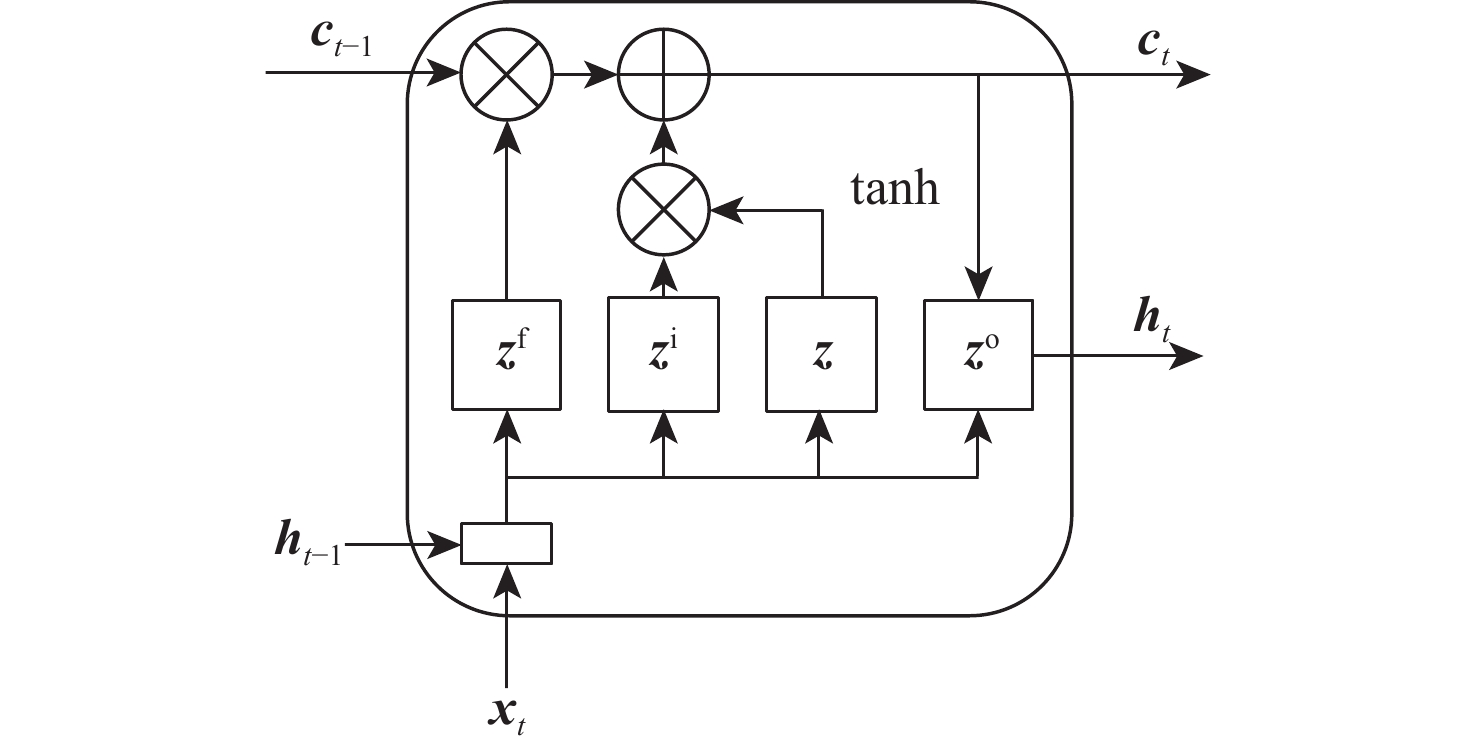
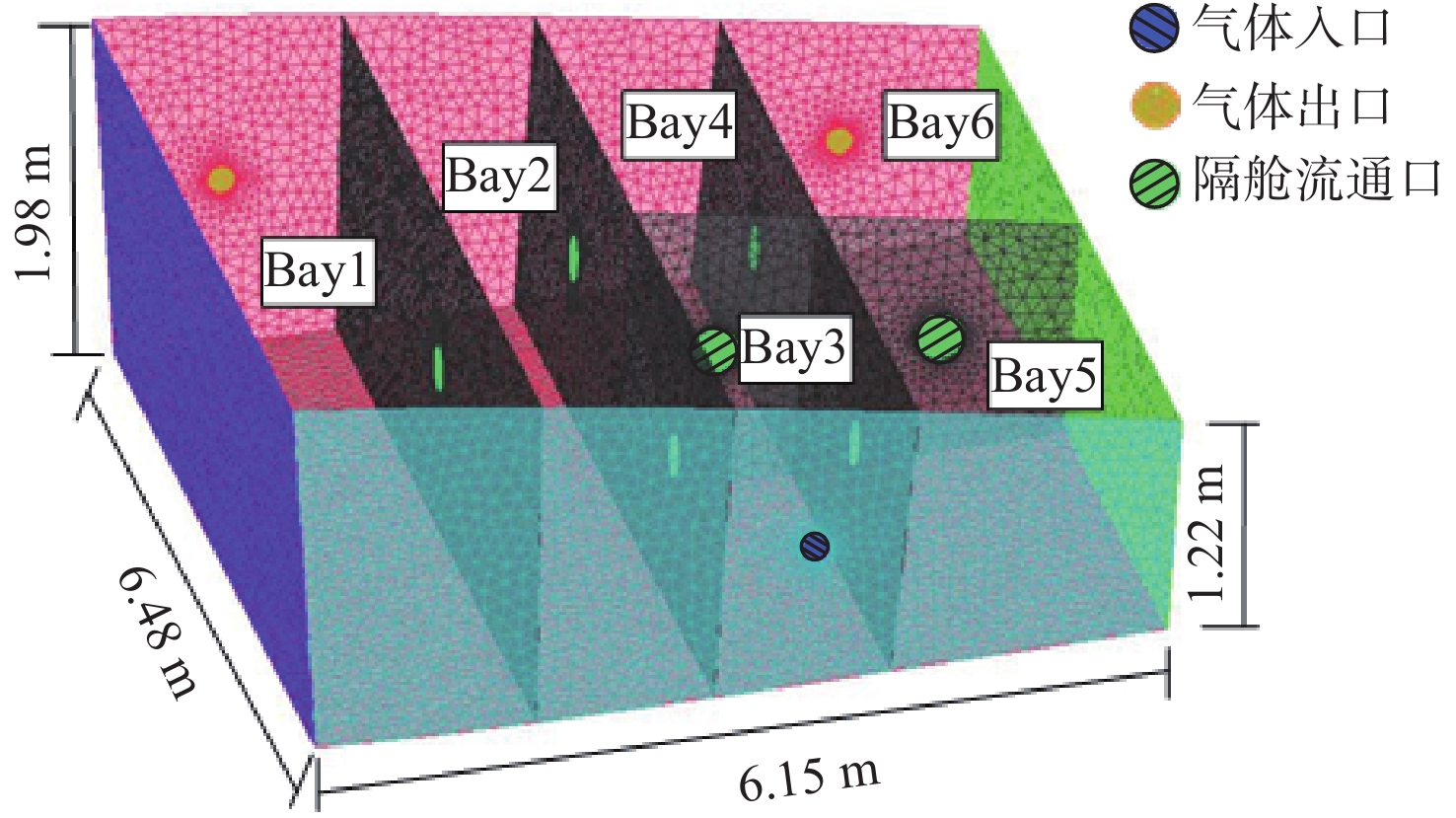

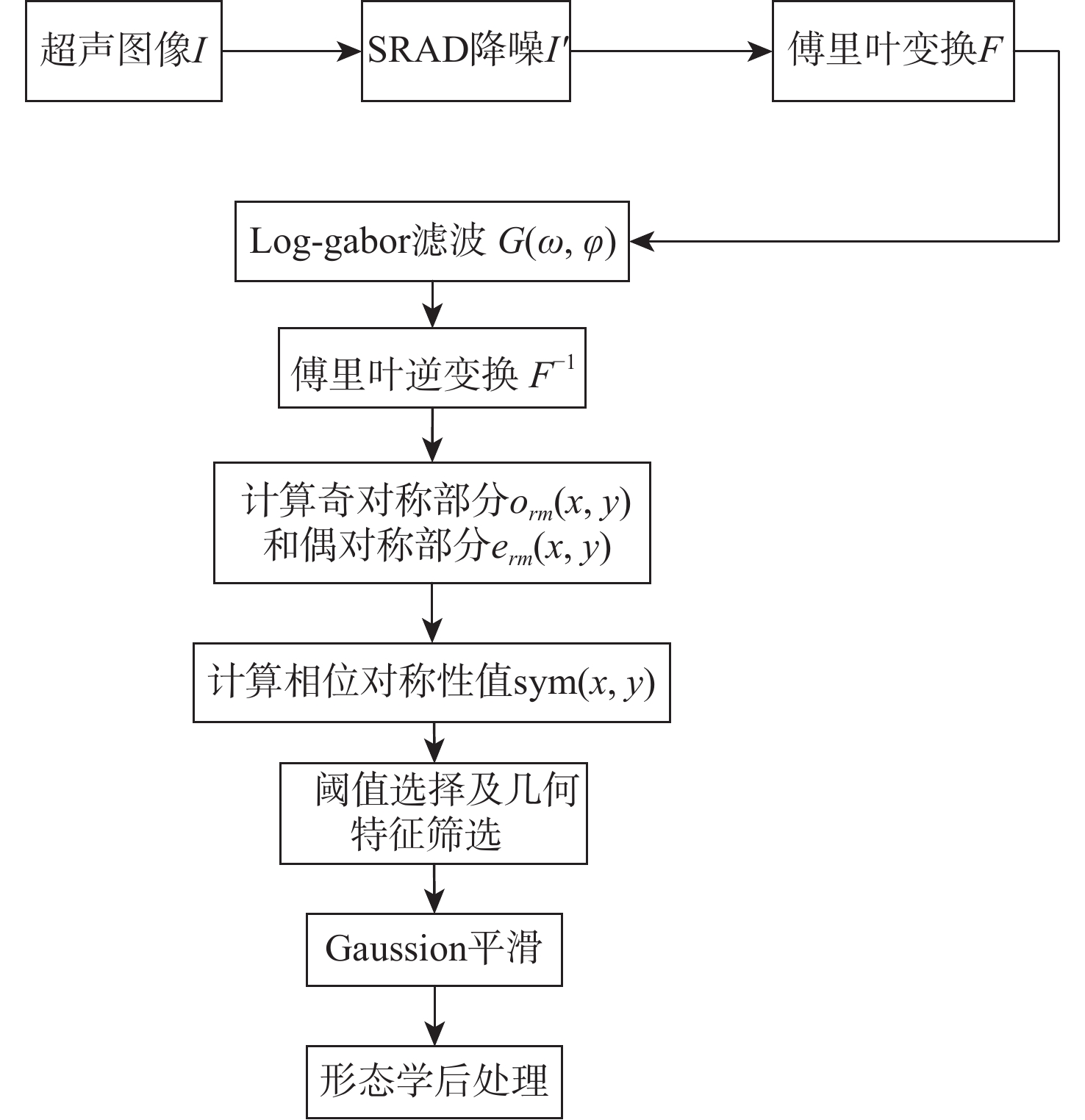
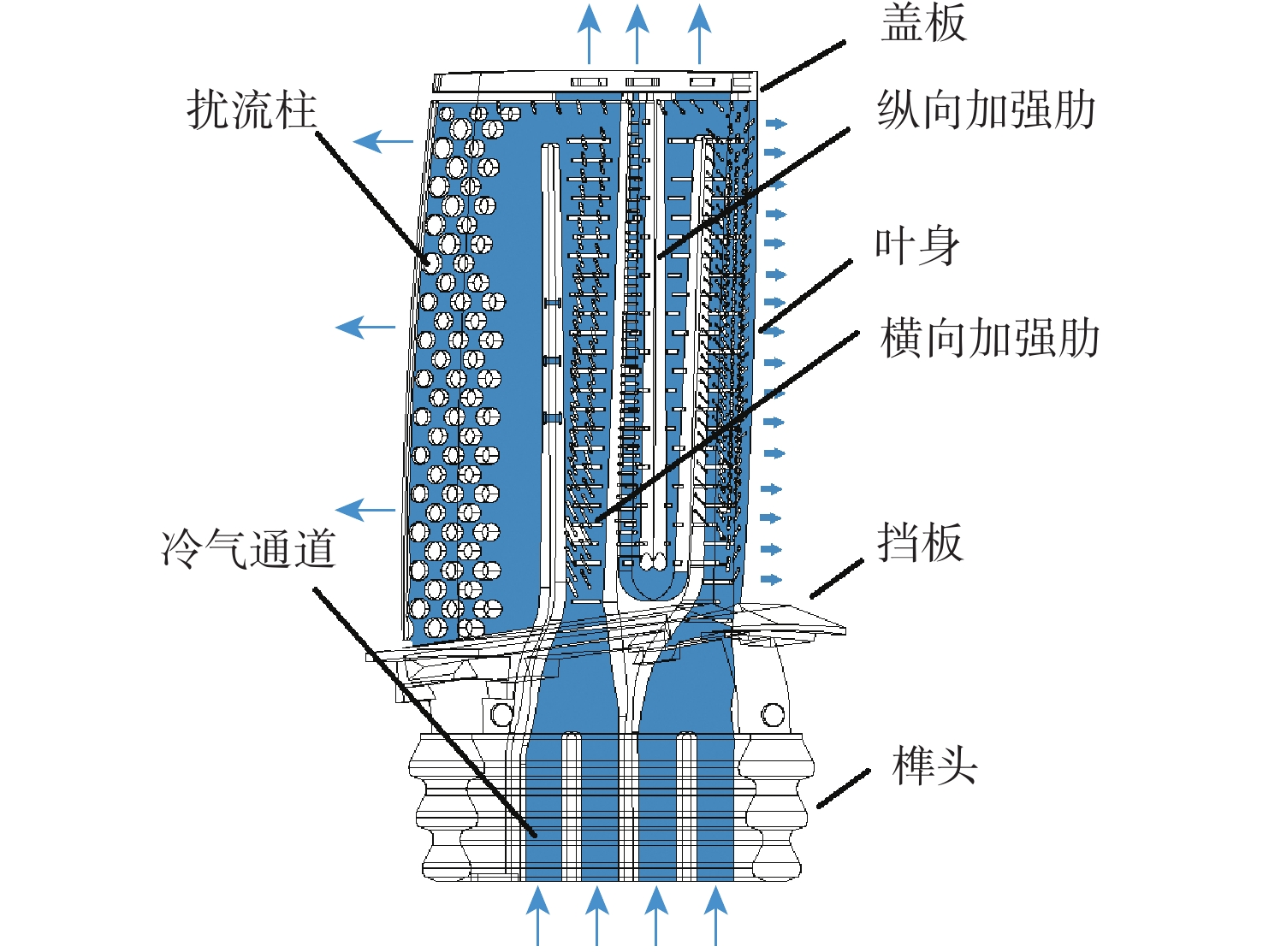

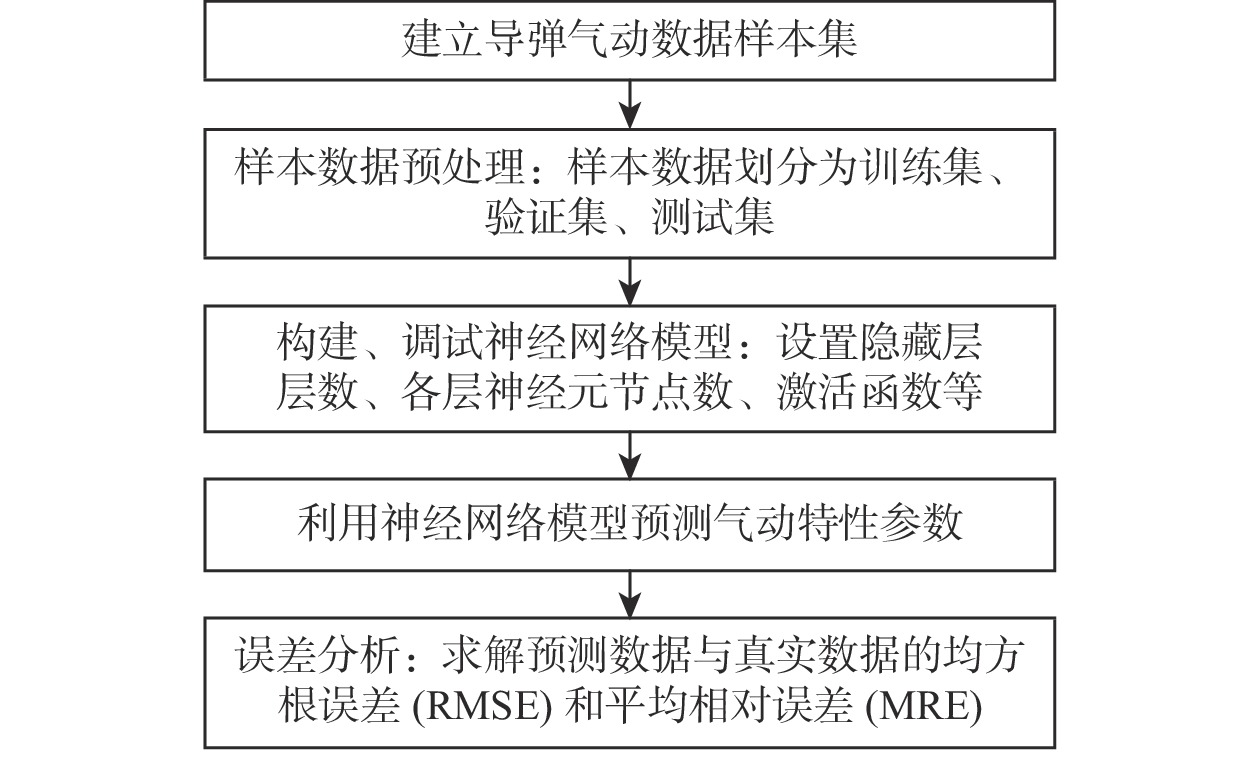
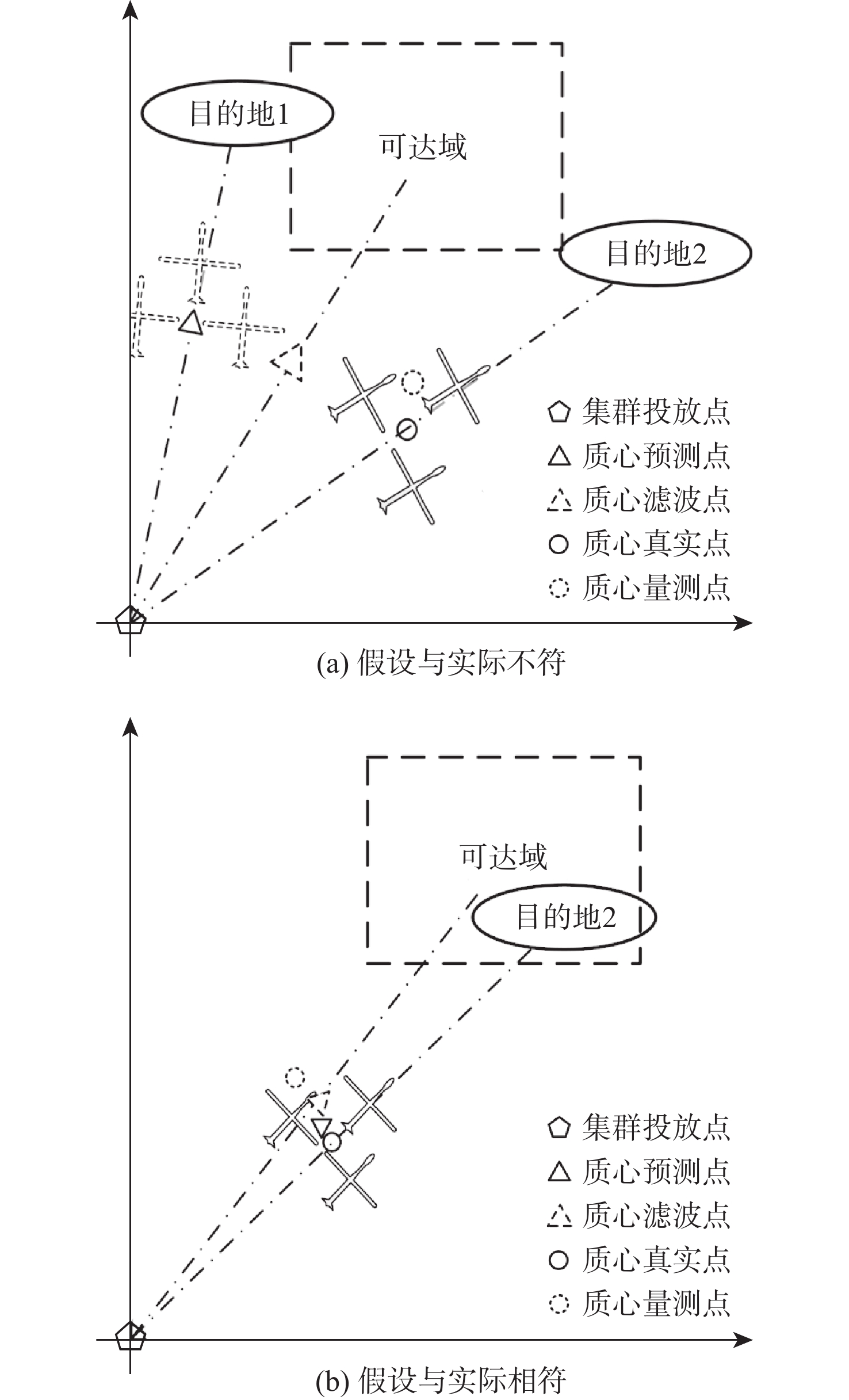
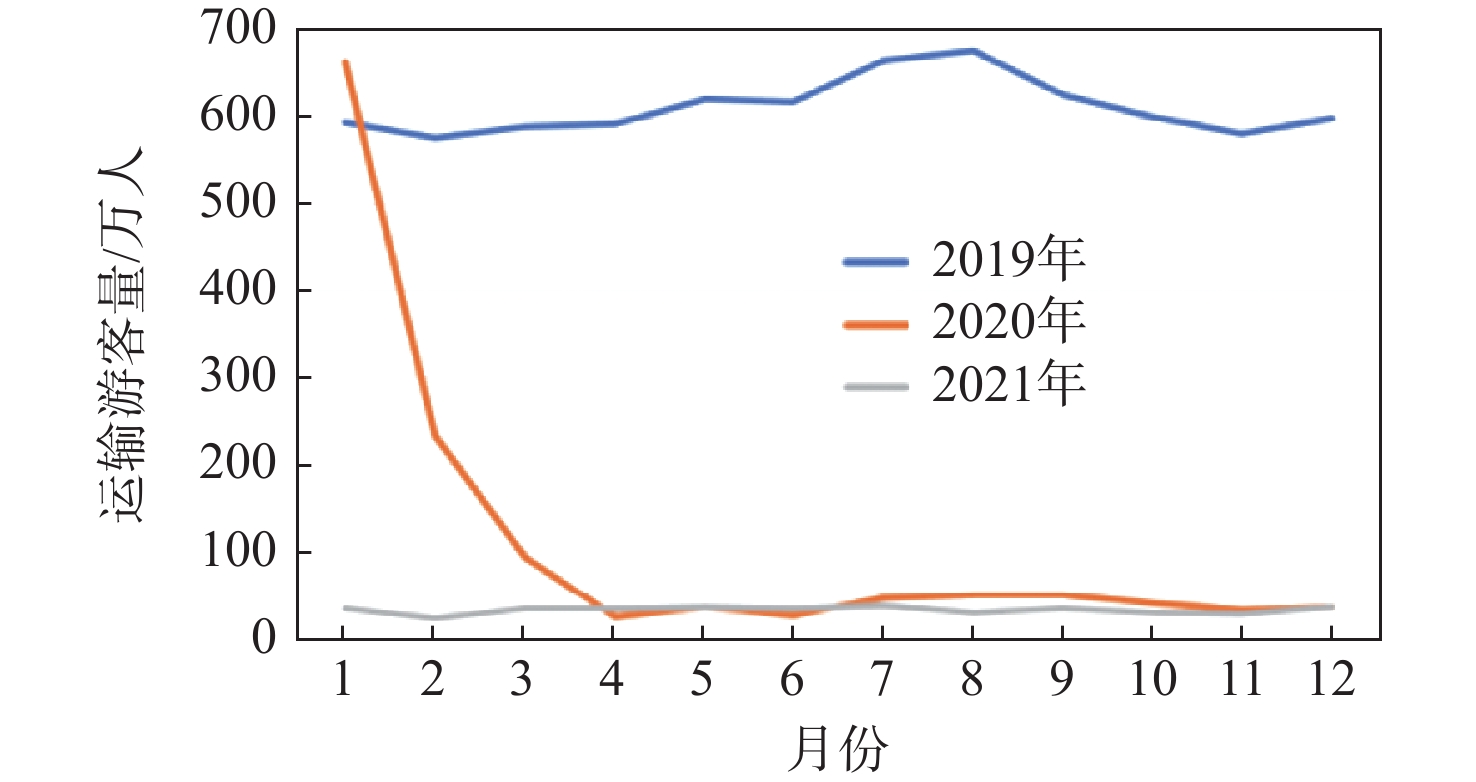
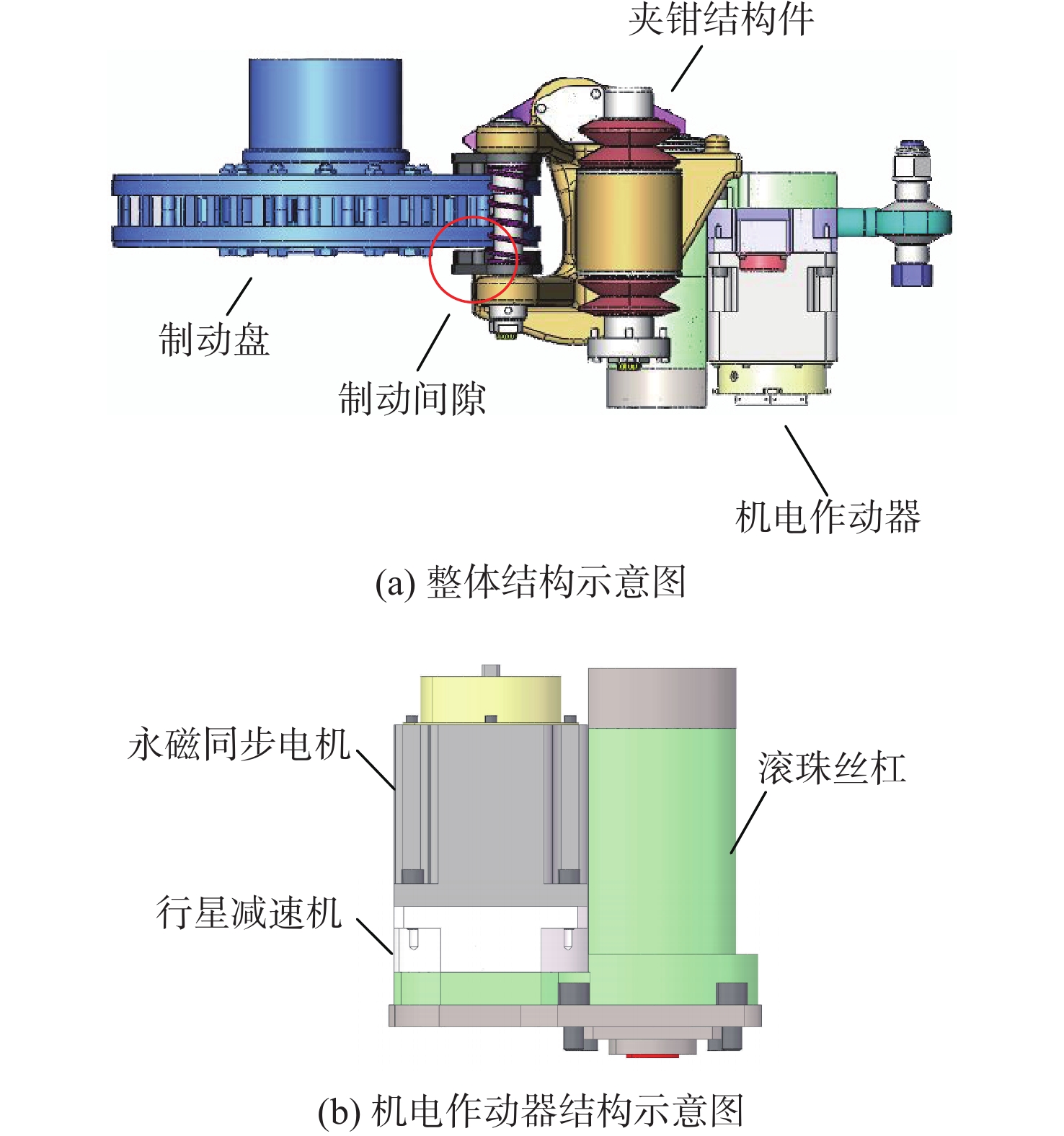
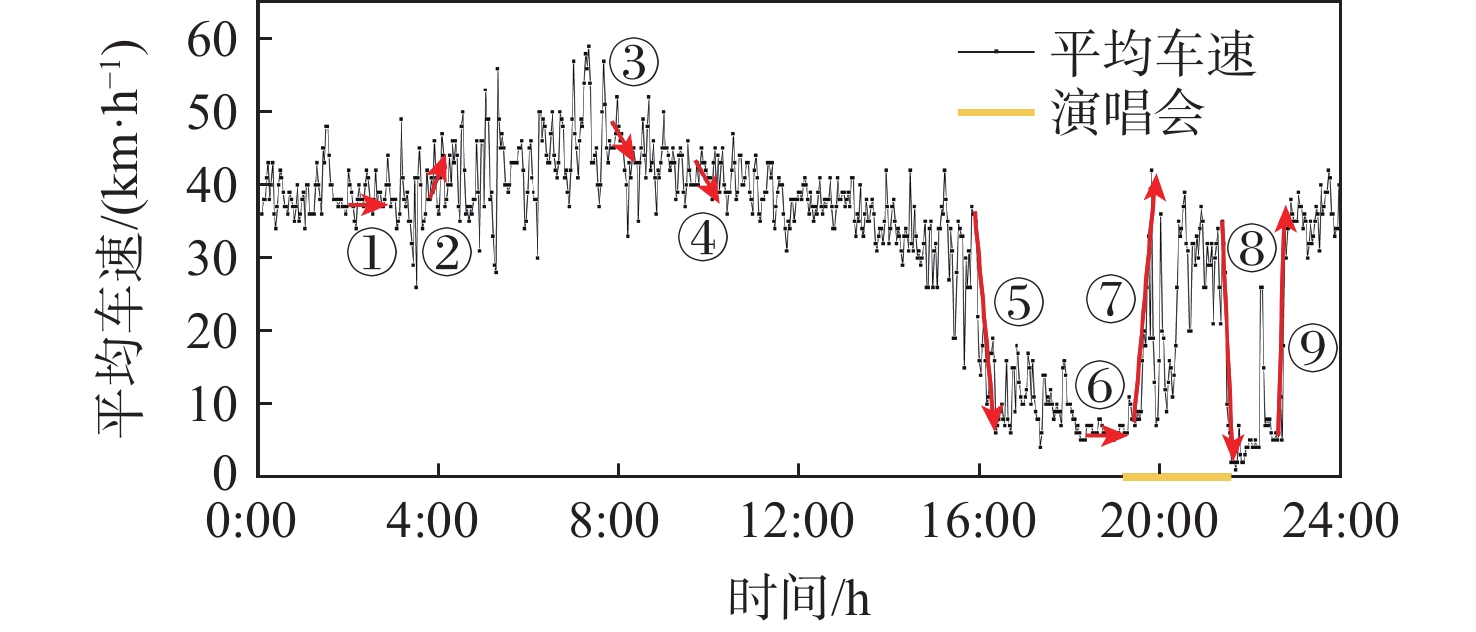
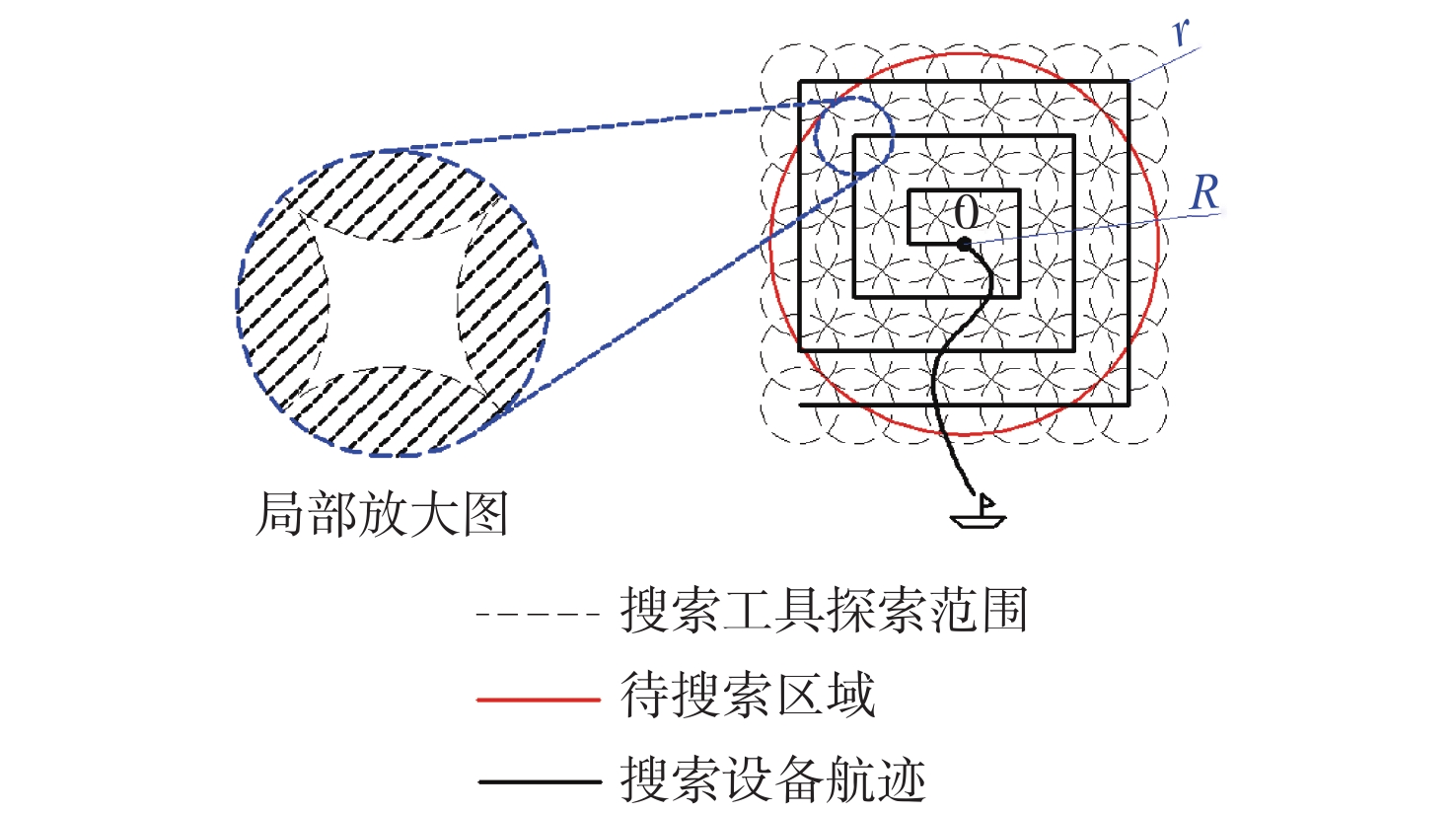


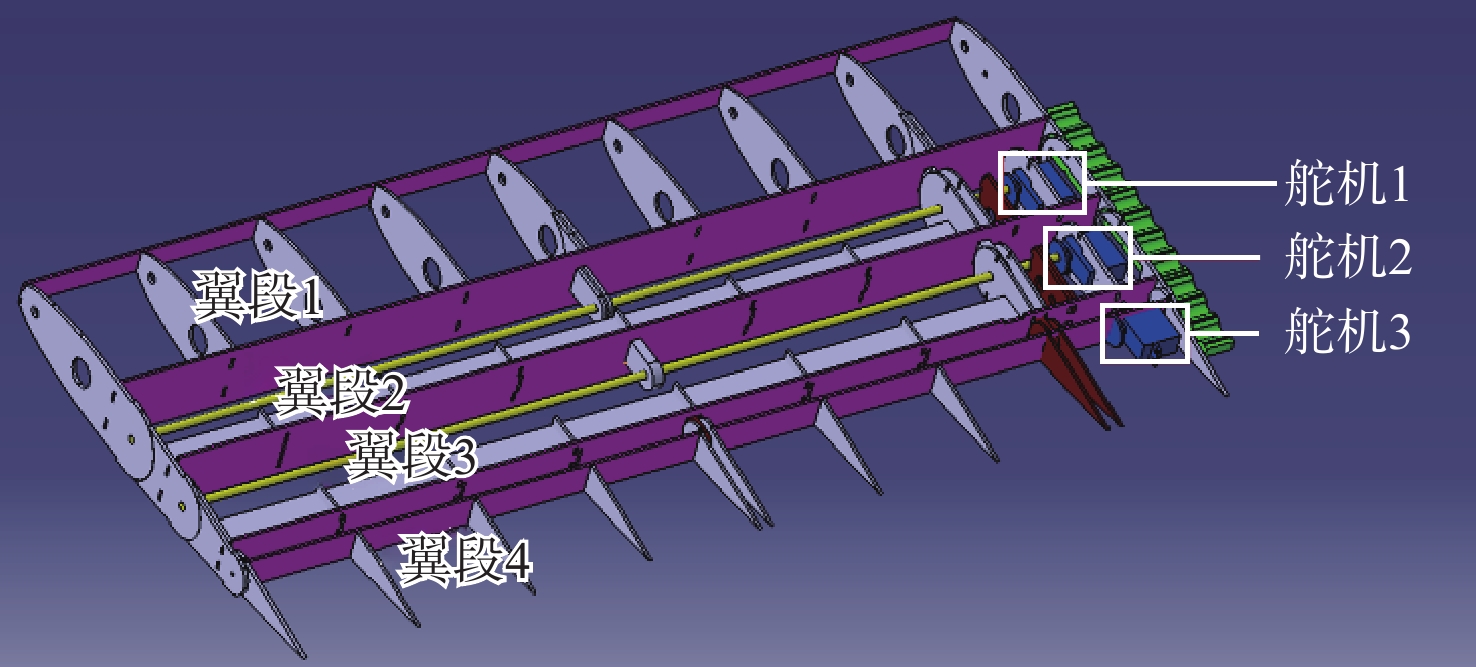
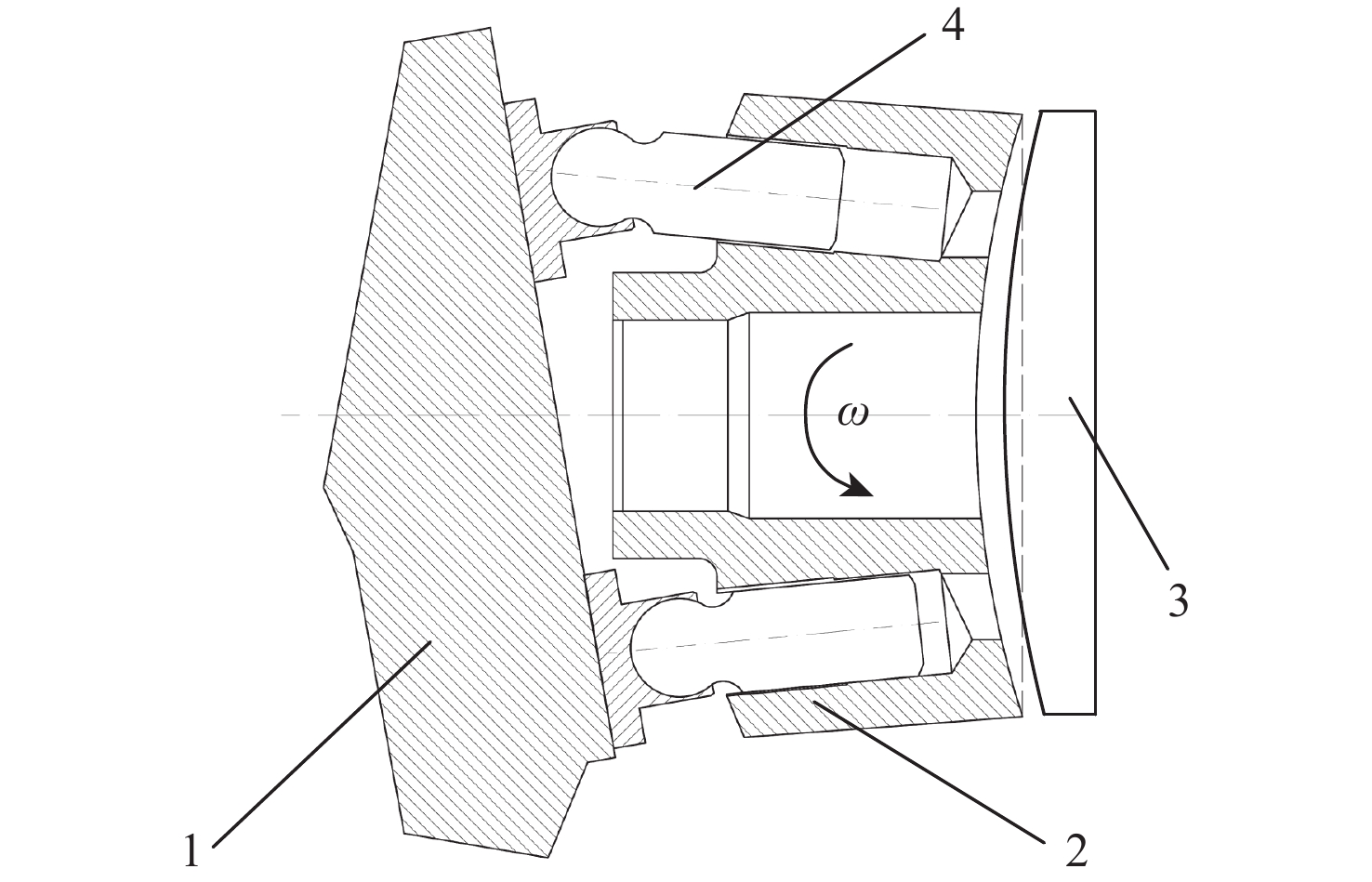
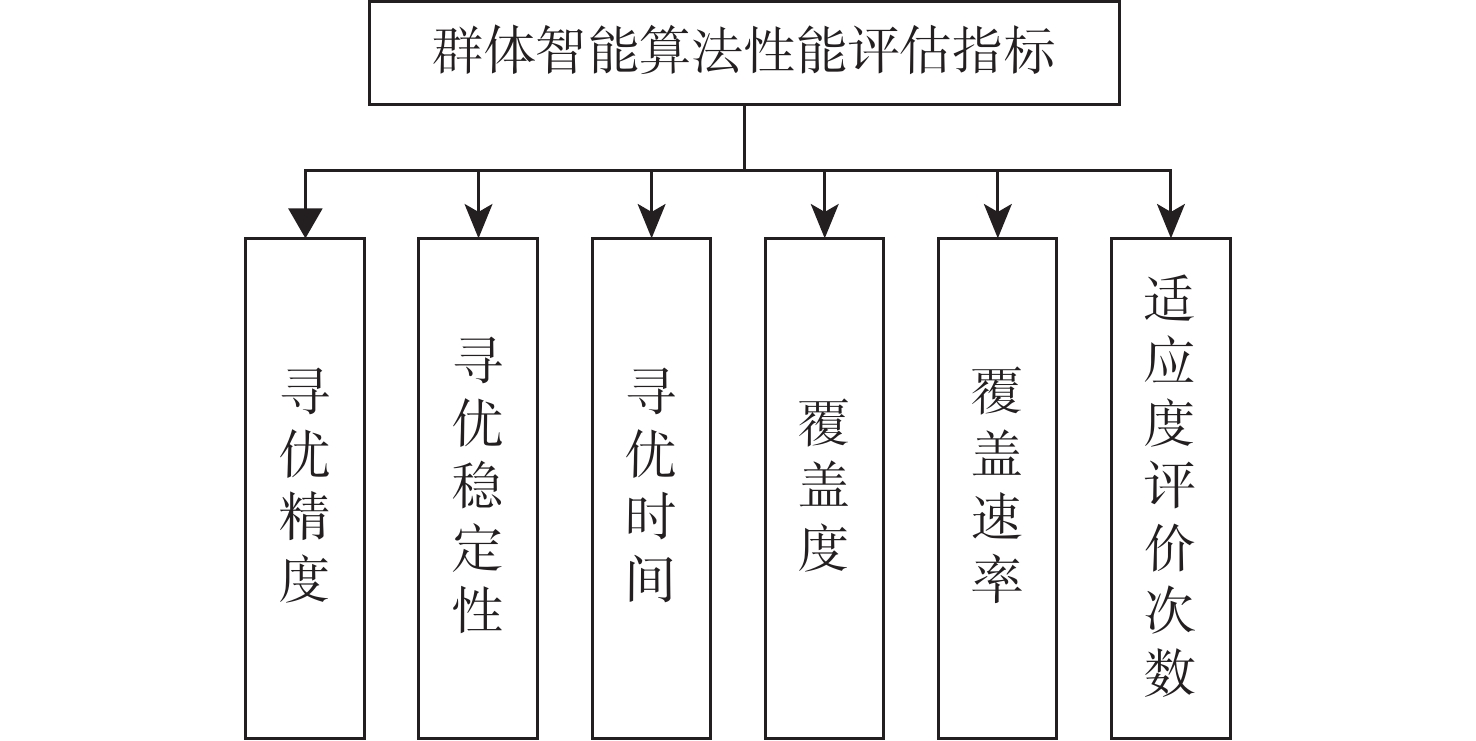


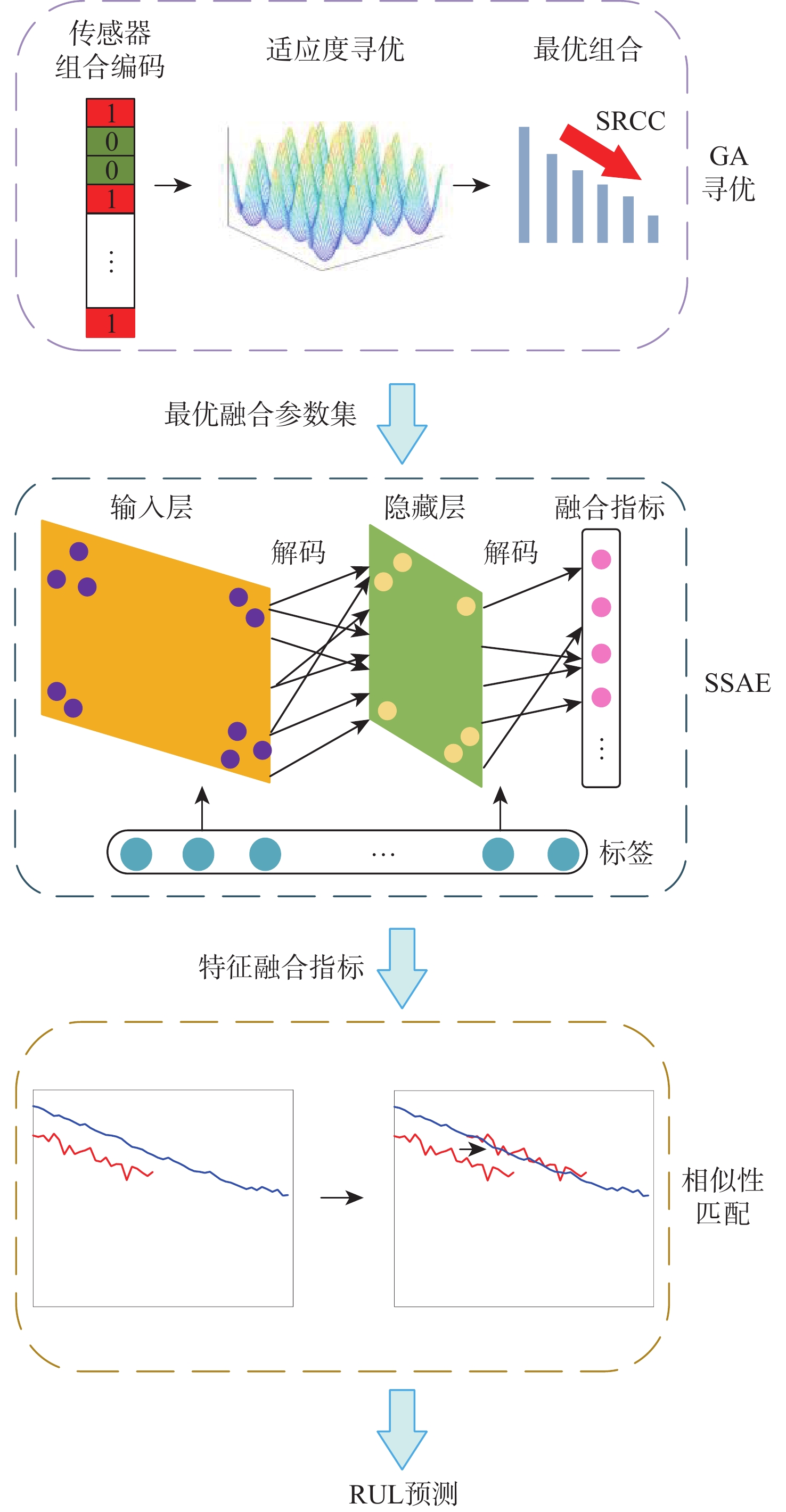

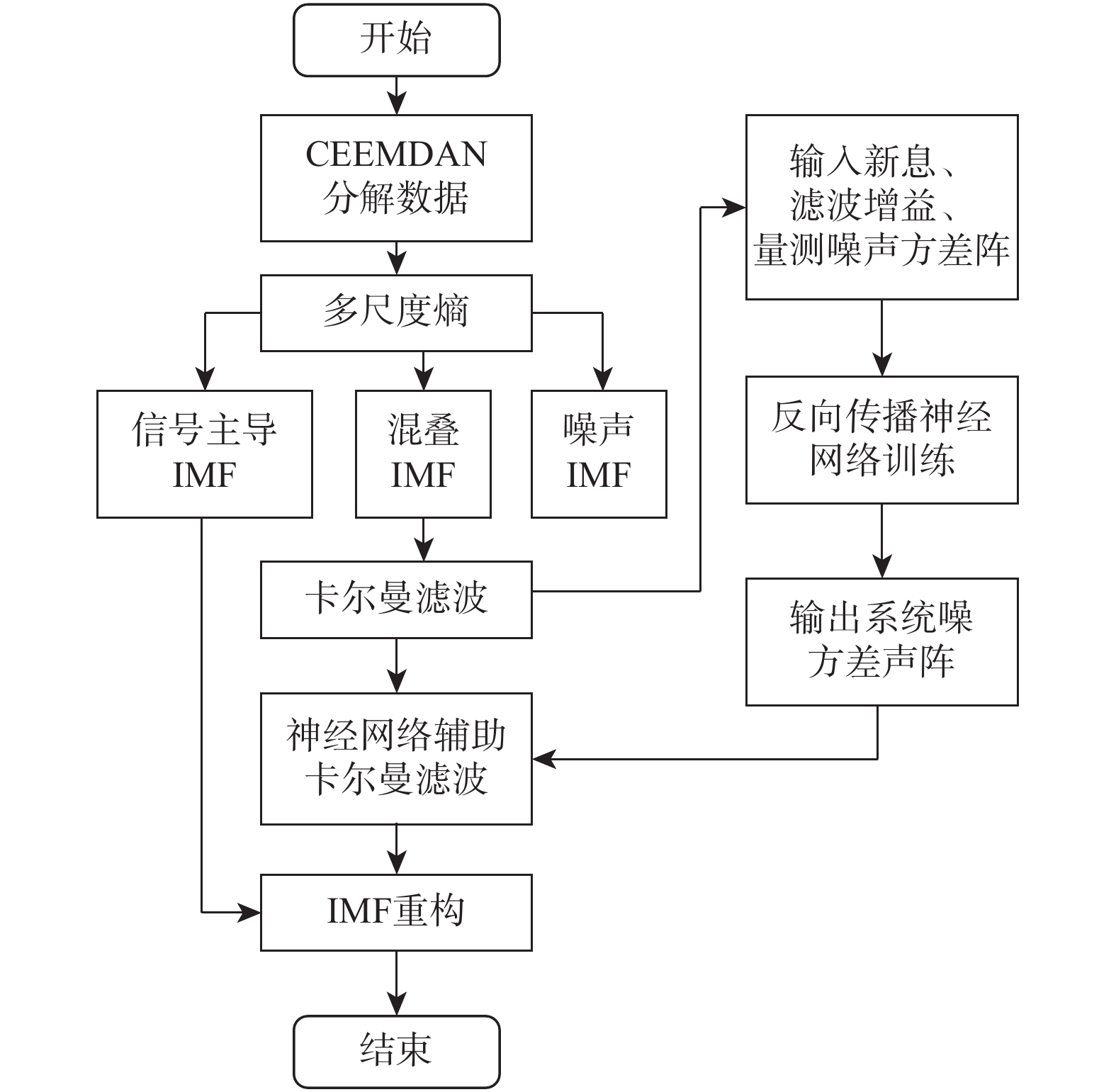
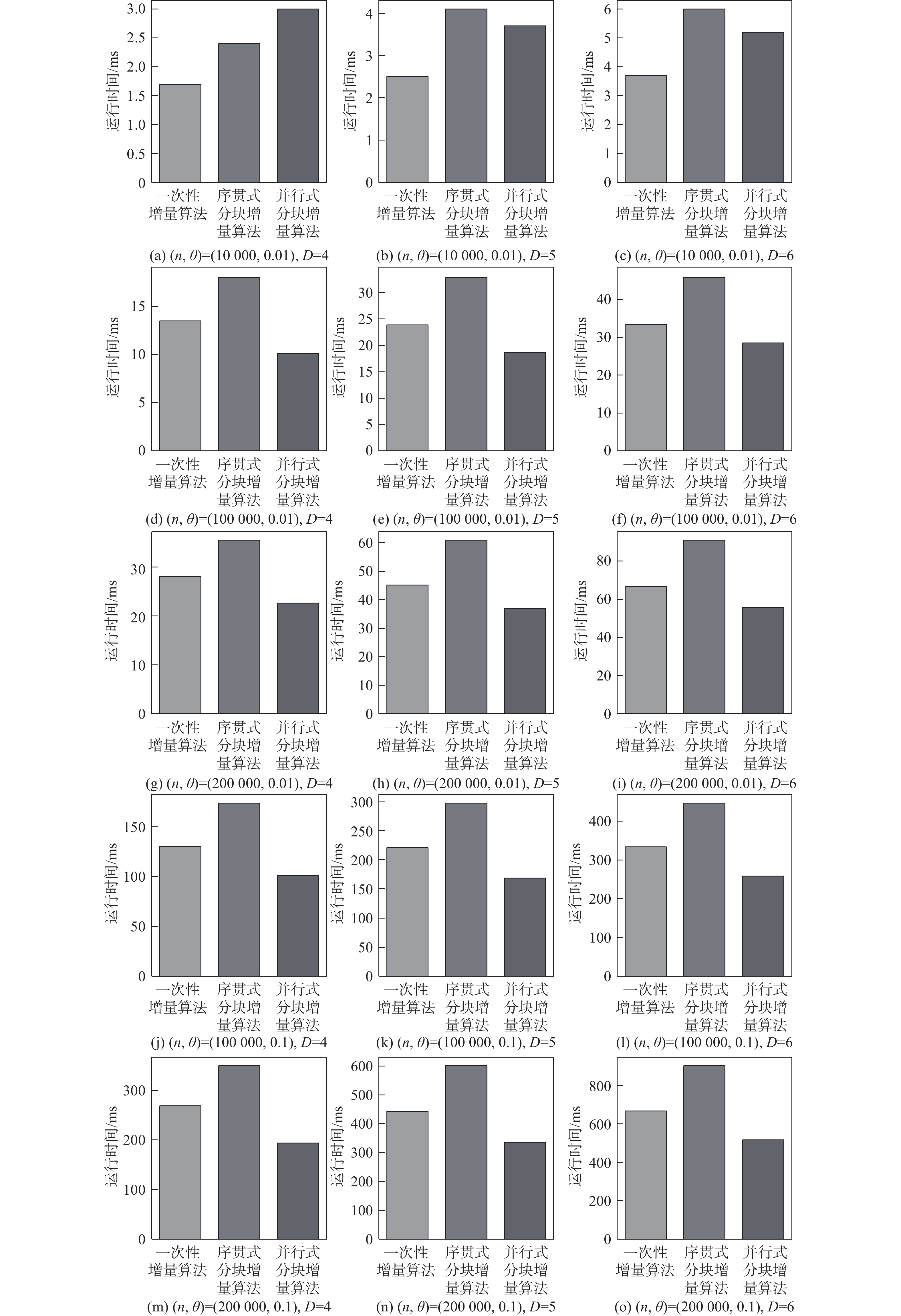
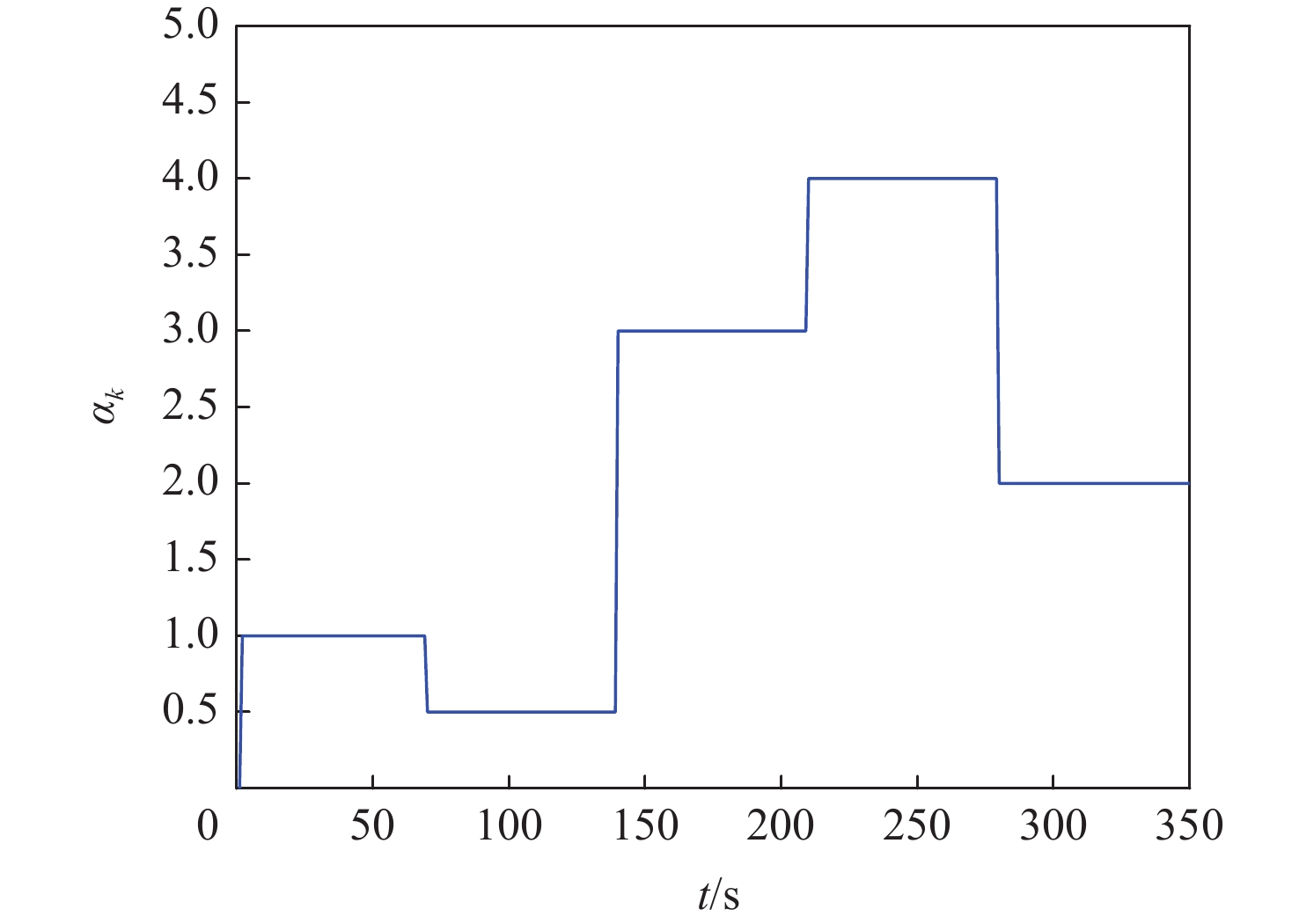




 XML Online Production Platform
XML Online Production Platform

